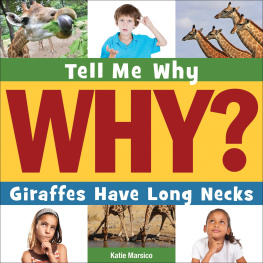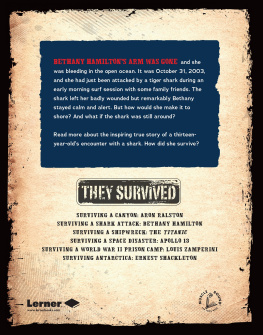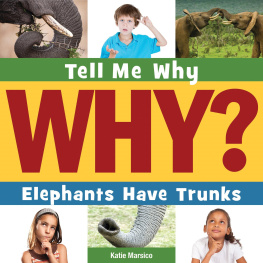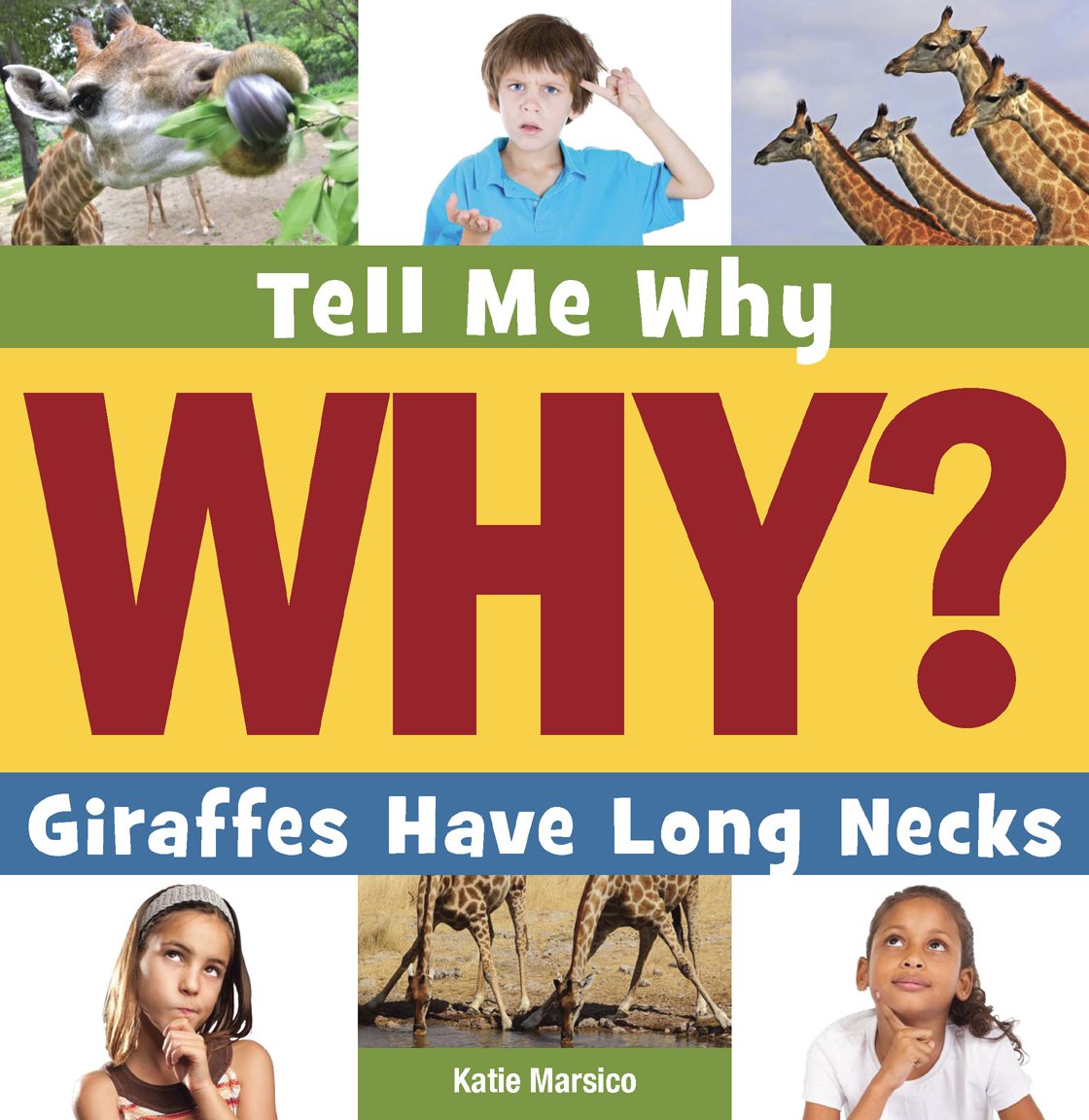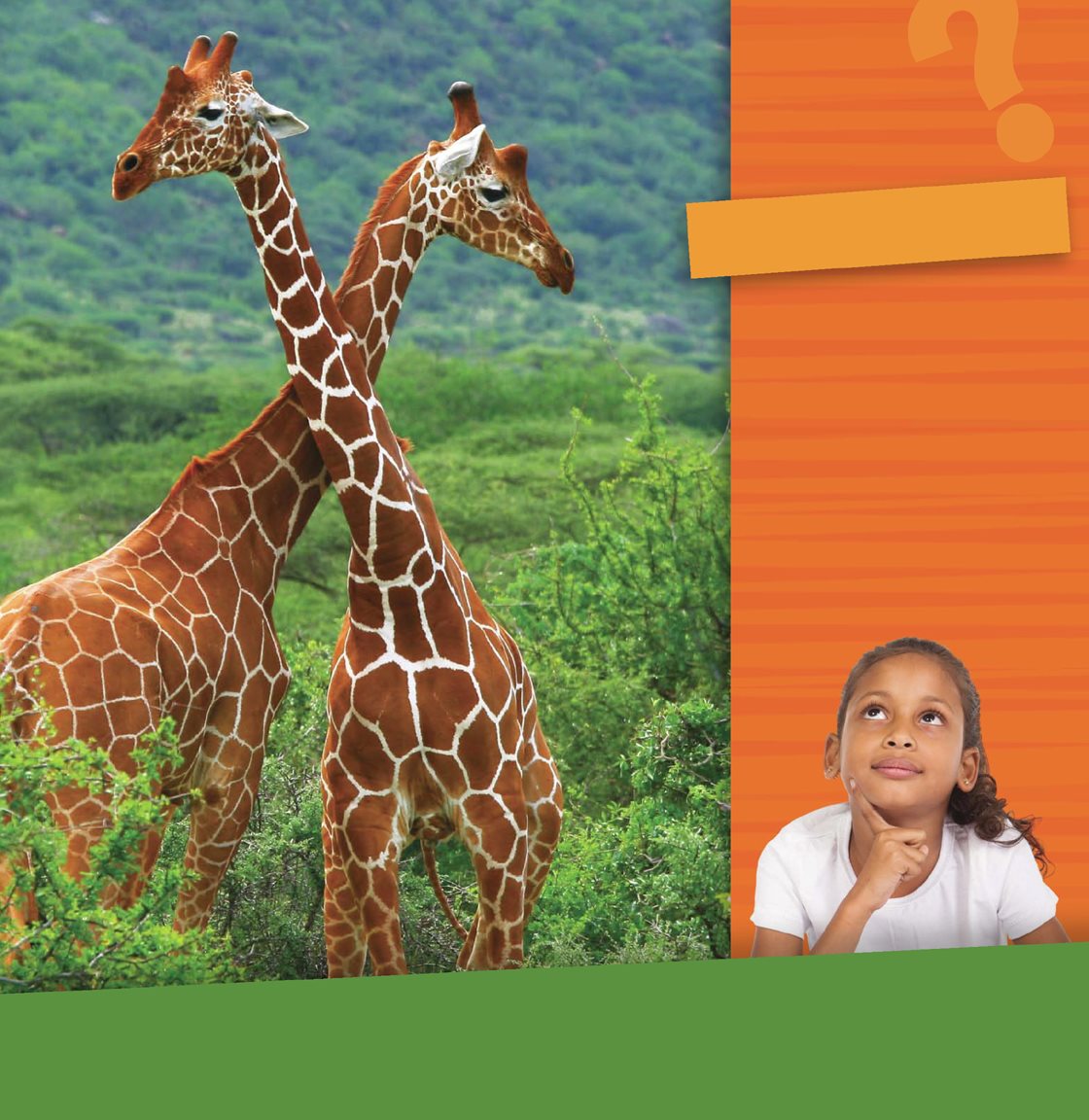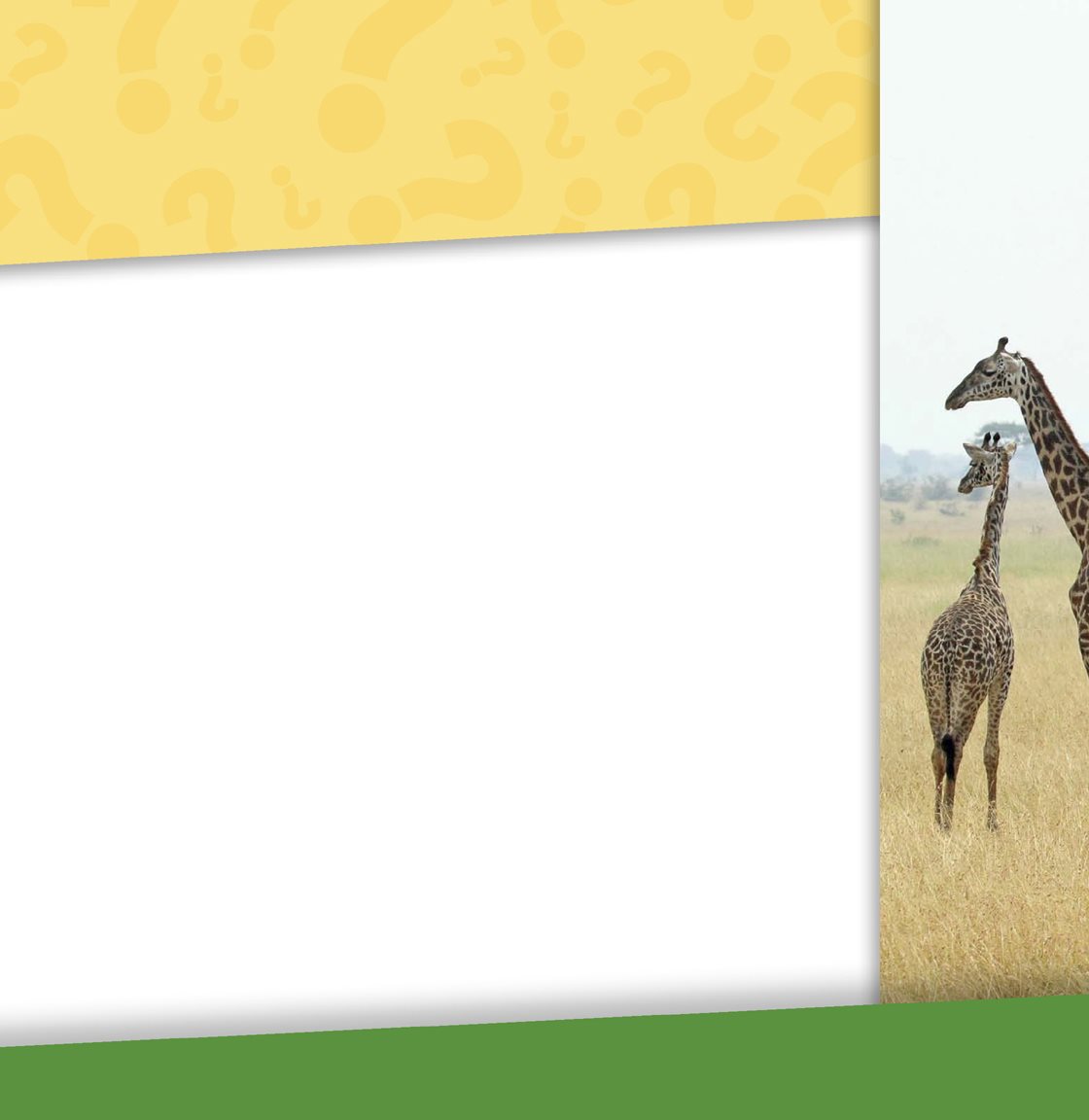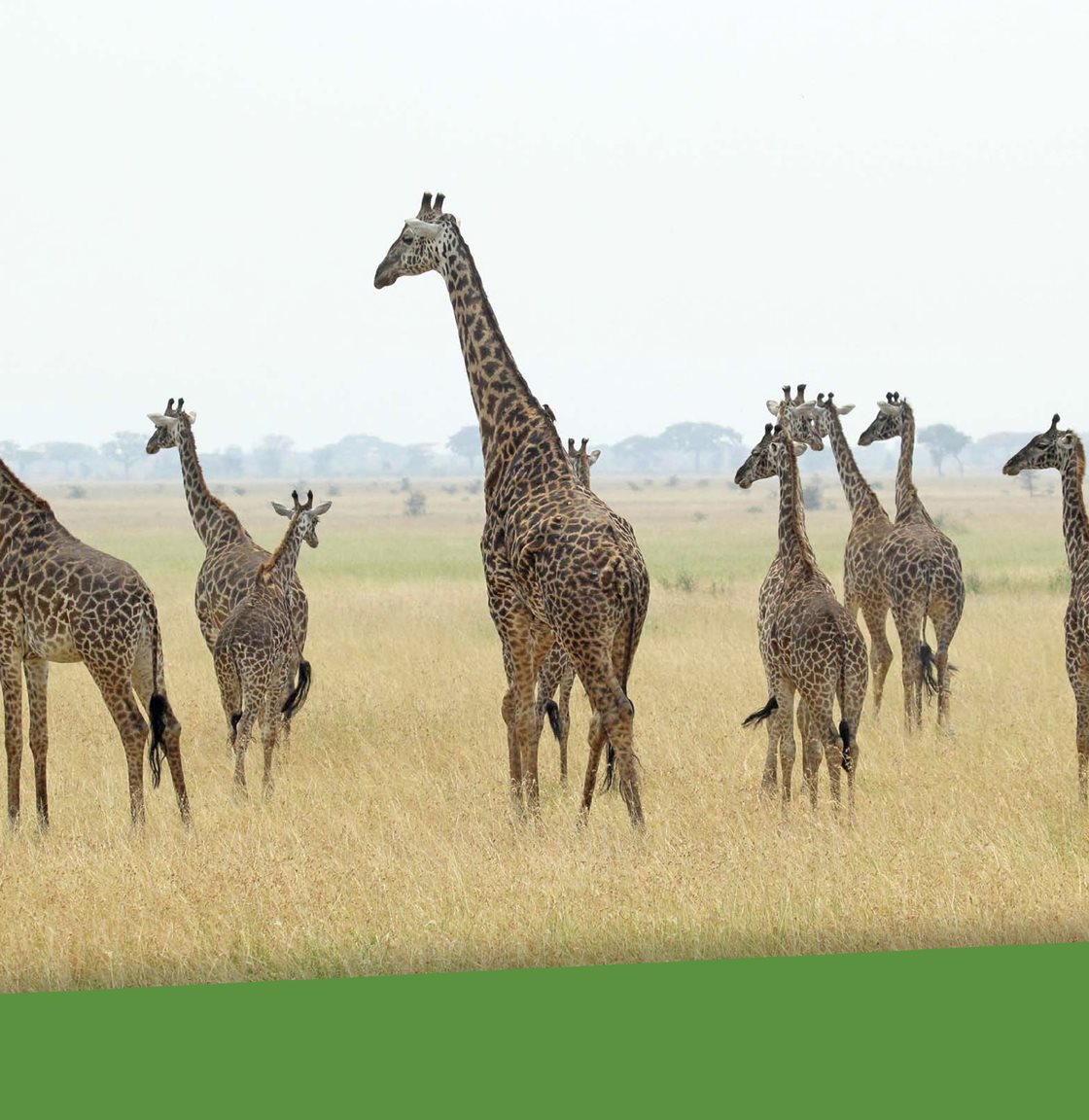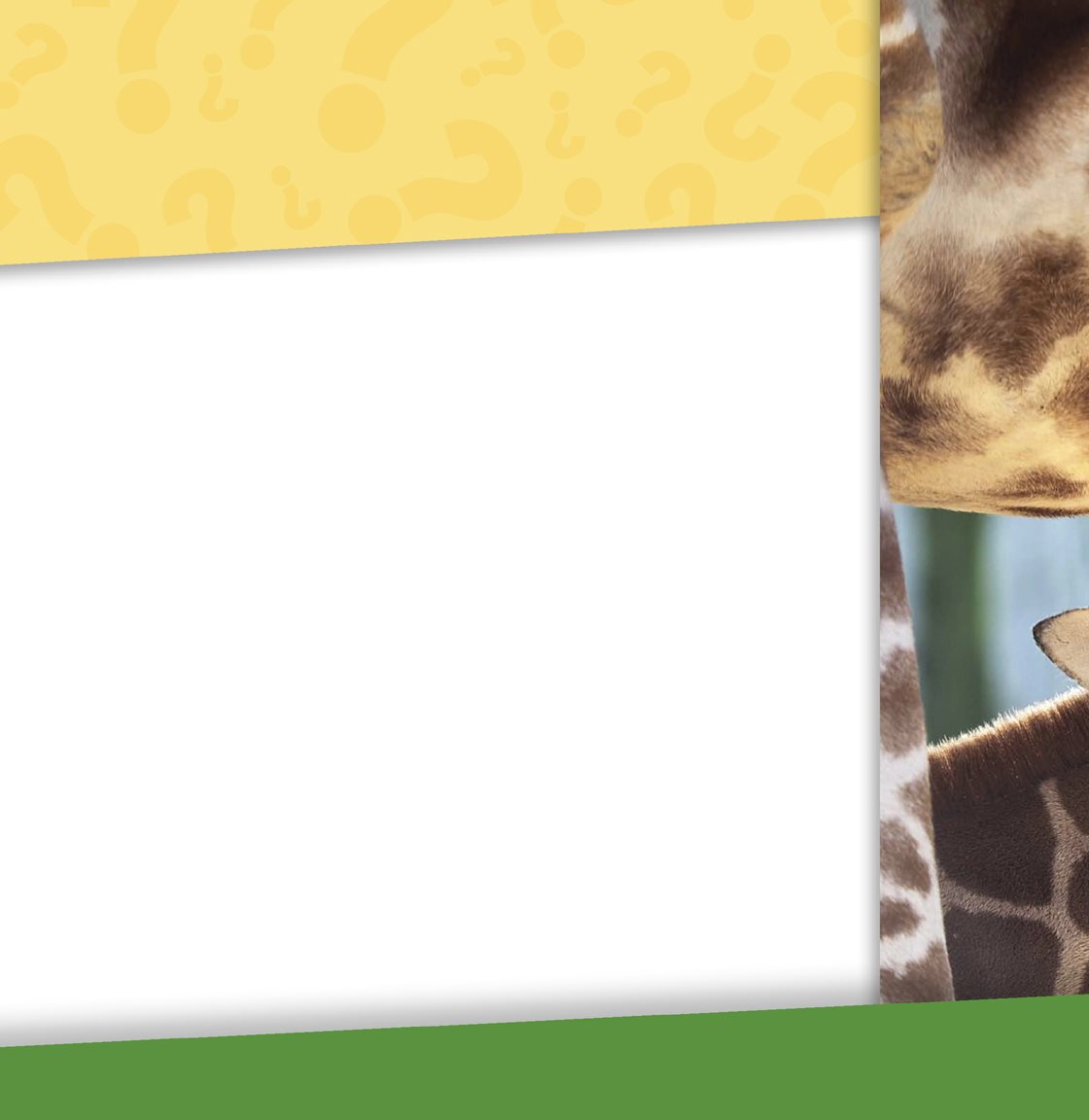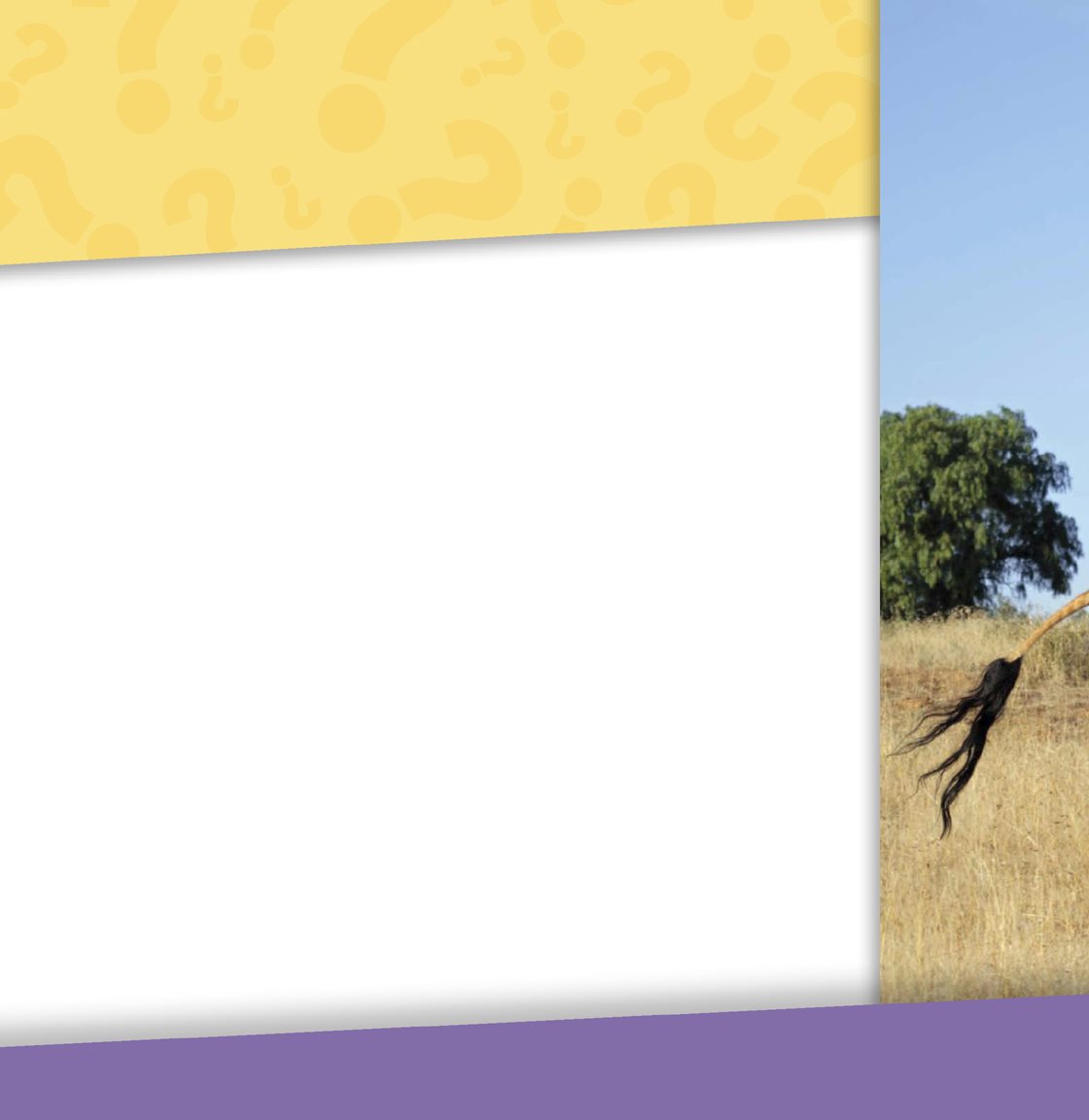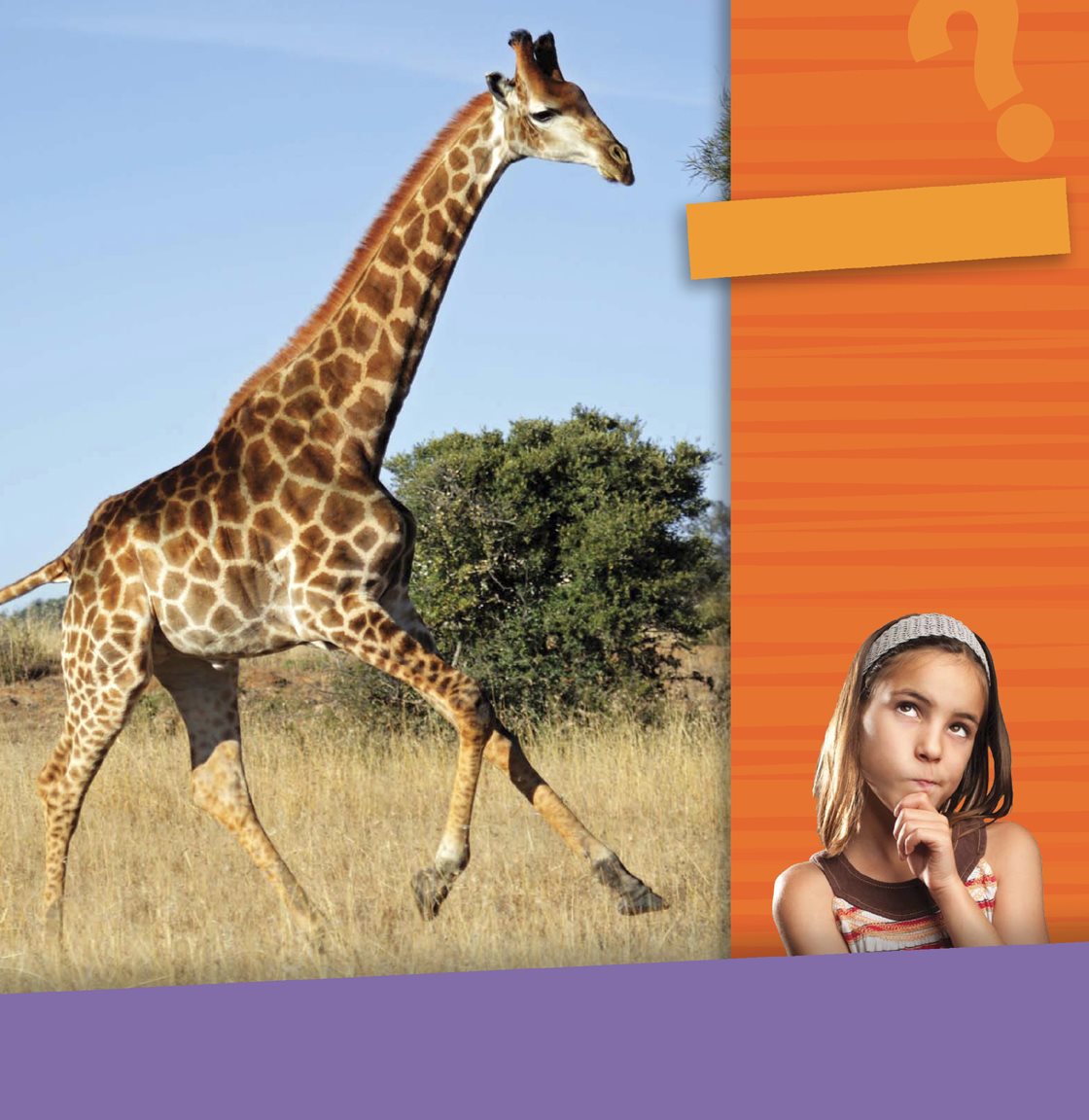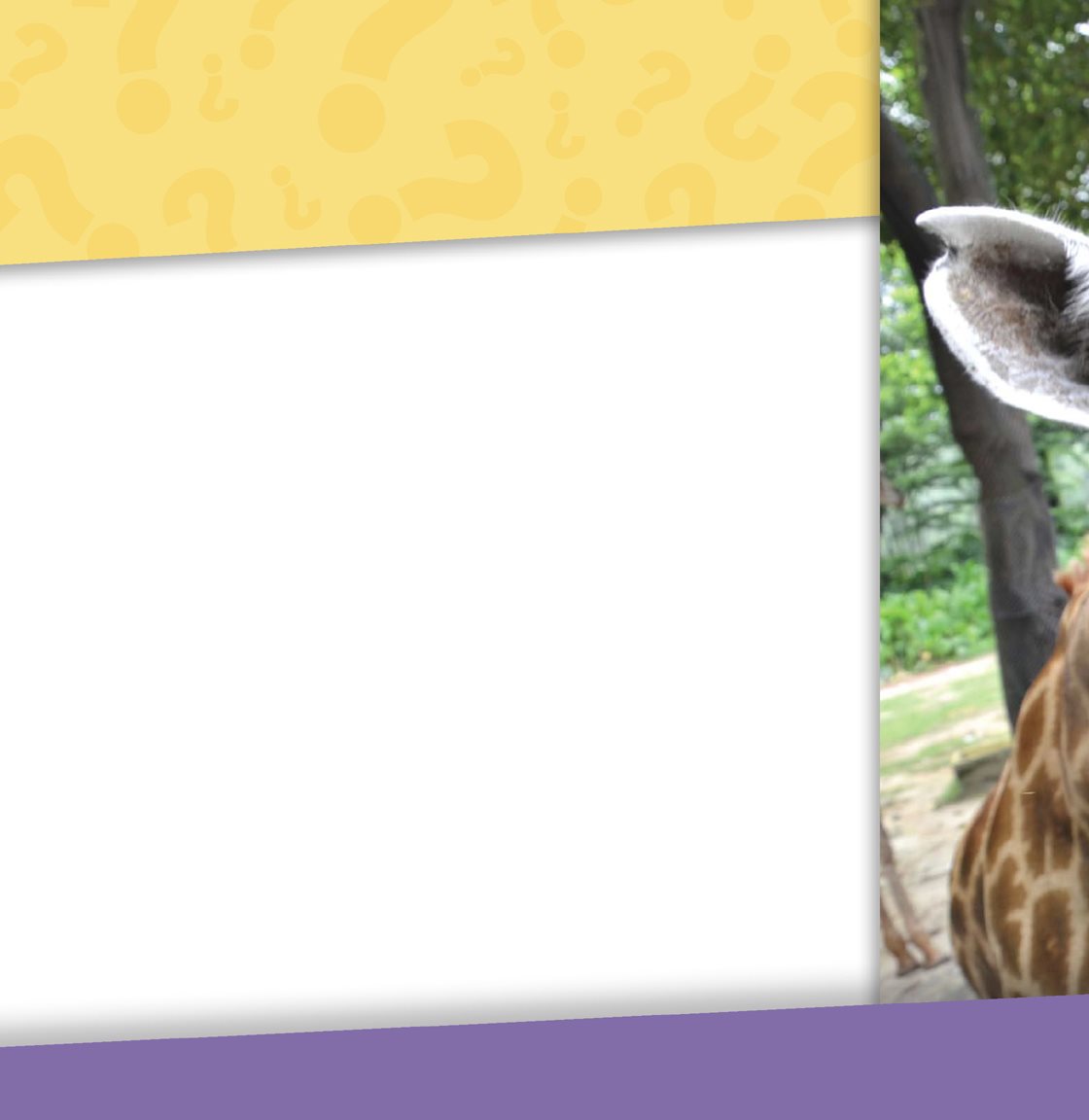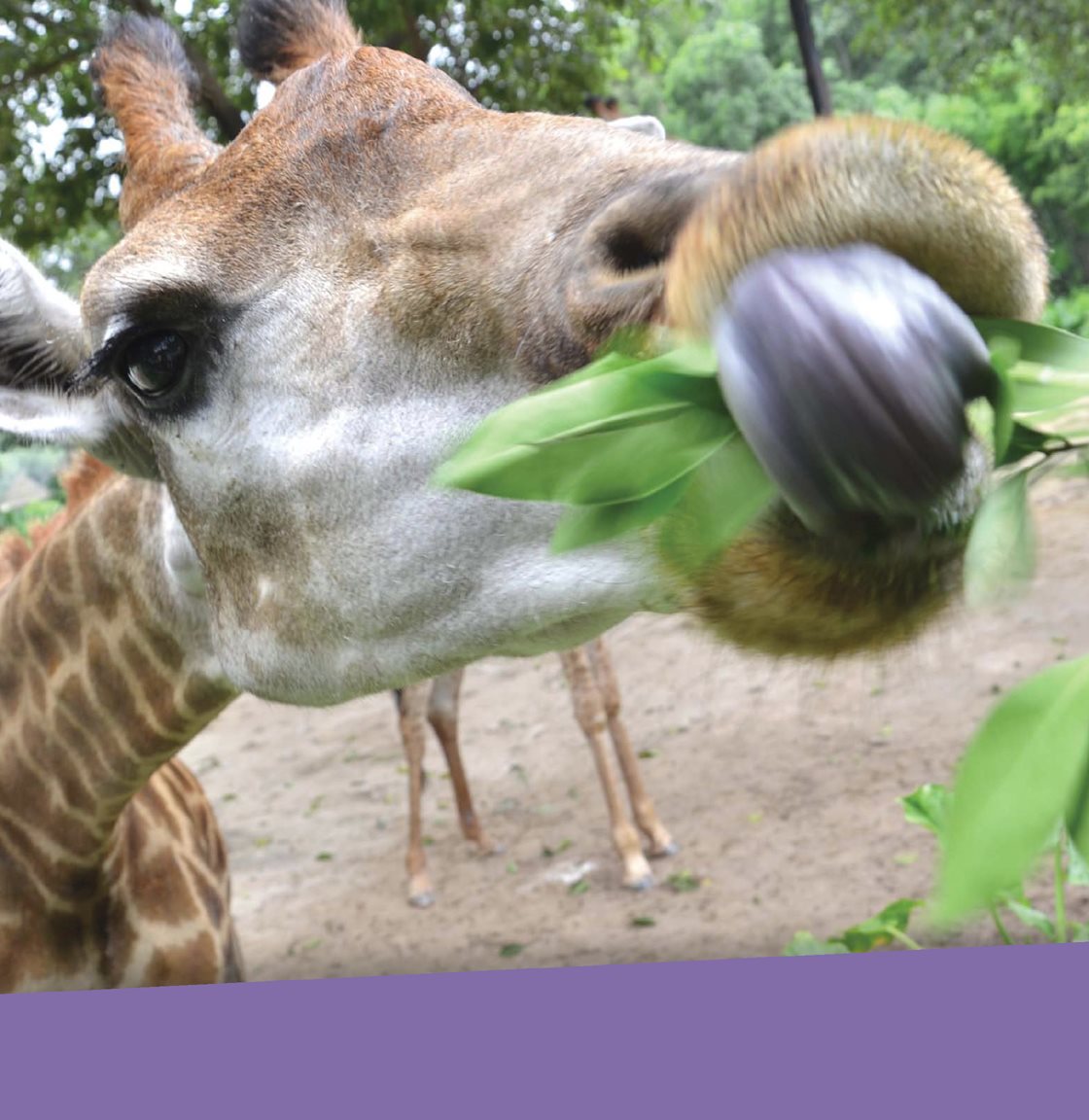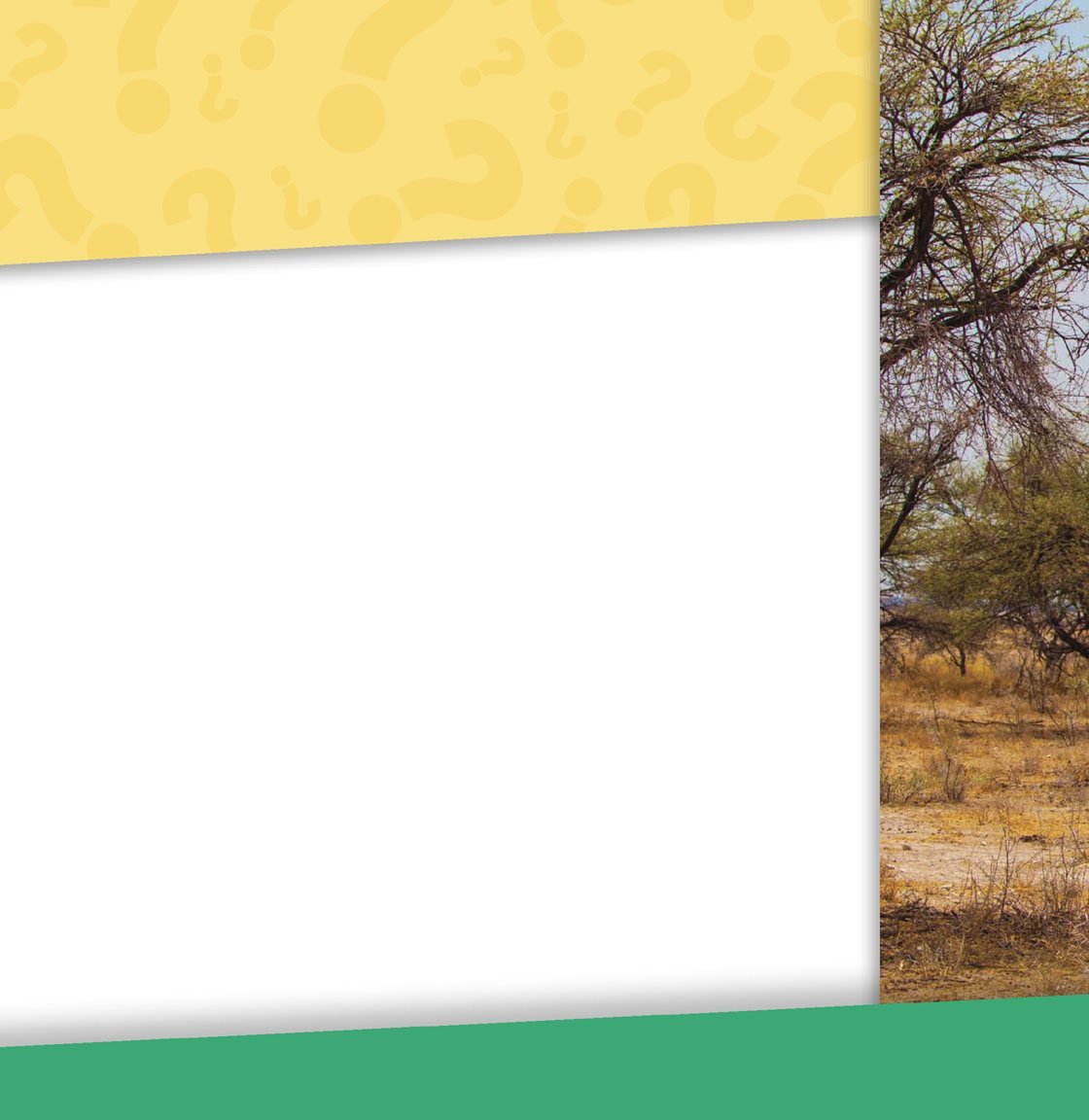Table of Contents
Guide
Published in the United States of America by Cherry Lake Publishing
Ann Arbor, Michigan
www.cherrylakepublishing.com
Content Adviser: Dr. Stephen S. Ditchkoff, Professor of Wildlife Sciences, Auburn University,
Auburn, Alabama
Reading Adviser: Marla Conn, ReadAbility, Inc.
Photo Credits: PathDoc/Shutterstock Images, cover, 1, 15; xavier gallego morell/Shutterstock Images,
cover, 1, 11; michaeljung/Shutterstock Images, cover, 1, 5, back cover; sevenke/Shutterstock Images,
cover, 1, 13; J Reineke/Shutterstock Images, cover, 1; Janvdb95/Shutterstock Images, cover, 1, 19;
Anna Omelchenko/Shutterstock Images, 5; MattiaATH/Shutterstock Images, 7; EBFoto/Shutterstock
Images, 9; EcoPrint/Shutterstock Images, 11; Pyty/Shutterstock Images, 15; Stacey Ann Alberts/
Shutterstock Images, 17
Copyright 2015 by Cherry Lake Publishing
All rights reserved. No part of this book may be reproduced or utilized in
any form or by any means without written permission from the publisher.
Library of Congress Cataloging-in-Publication Data
Marsico, Katie, 1980- author.
Giraffes have long necks / by Katie Marsico.
pages cm. -- (Tell me why)
Summary: Offers answers to their most compelling questions about this
long-necked animal that uses its height to reach leaves at the very top of
trees. Age-appropriate explanations and appealing photos. Additional text
features help students locate information and learn new words.-- Provided
by publisher.
Audience: K to grade 3.
Includes bibliographical references and index.
ISBN 978-1-63188-003-2 (hardcover) -- ISBN 978-1-63188-046-9 (pbk.) -
ISBN 978-1-63188-089-6 (pdf) -- ISBN 978-1-63188-132-9 (ebook) 1.
Giraffe--Juvenile literature. 2. Childrens questions and answers. I.
Title. II. Title: Tell me--why do giraffes have long necks?
QL737.U56M38 2015
599.638--dc23
ISBN-13 978-1-68444-480-9 (ebook)
2014005727
Cherry Lake Publishing would like to acknowledge the work of The Partnership for 21st Century Skills.
Please visit www.21stcenturyskills.org for more information.
Printed in the United States of America
Corporate Graphics Inc.
July 2014
Synchred Read-Along Version by:
Triangle Interactive LLC
PO Box 573
Prior Lake, MN 55372
Table of Contents
Reaching Toward
the Treetops
Heads up! Anna shades her eyes from the
sun. She glances toward a clump of trees in
one of the zoo habitats . Suddenly, she sees
two large, gentle eyes staring back at her.
They belong to a giraffe!
Anna is amazed by how far the animals
neck stretches. It reminds her of a crane
reaching high above the ground. Her neck
doesnt look like that! So why do giraffes
have such a long neck?
Look!
What do you see
the giraffes in
this picture
doing? What do
you notice about
their necks? How
about the rest of
their bodies?
A giraffes long neck is one of its most unique
physical features.
Giraffes are the tallest land animals on
Earth. They tower to feet (4.3 to 5.5
meters) above the ground. This means they
would be able to peek inside the upper
windows of a two-story house!
Yet there arent too many houses where
giraffes live. In the wild, they are mainly
found in Africas flat, grassy plains. Giraffes
are herbivores. An herbivore is an animal
that only eats leaves and other plant matter.
Giraffes find their food on the plains of Africa.
Giraffes are mammals. A mammal is a
warm-blooded animal that is usually covered
in hair or fur. Female mammals are able to
produce milk to feed their babies.
Giraffes live in groups called herds. Most
herds are made up of to animals. Being
part of a group offers giraffes protection from
their main enemy lions. A giraffes ability to
run fast and kick hard also helps it survive.
A baby giraffe drinks its mothers milk.
No Ordinary Neck
Anna tilts her own neck back to gaze up
at the giraffe. Moving her neck allows her to
move her head. A giraffe uses its neck to do
the same thing.
Yet Annas neck doesnt make up one-
third of her total height. A giraffes neck
does. It stretches up to feet (1.8 m) high!
It weighs about pounds (272 kilograms).
Thats more than times what Annas
whole body weighs!
MAKE A GUESS!
Giraffes must
move their long
neck backward
and forward
when they run.
Why do you
think that is?
A giraffes long neck is used to move its head
when running.
Surprisingly, people and giraffes have
the exact same number of vertebrae in
their necks. Vertebrae are the bones that
join together to form the spine, or
backbone. Each of a giraffes seven neck
vertebrae measures up to inches (25
centimeters) in length.
This giraffe uses its long neck to reach a clump of leaves.
For Feeding or Fighting
Anna notices the giraffe nibbling
leaves off one of the tall trees nearby. The
zookeeper says giraffes eat plant matter

